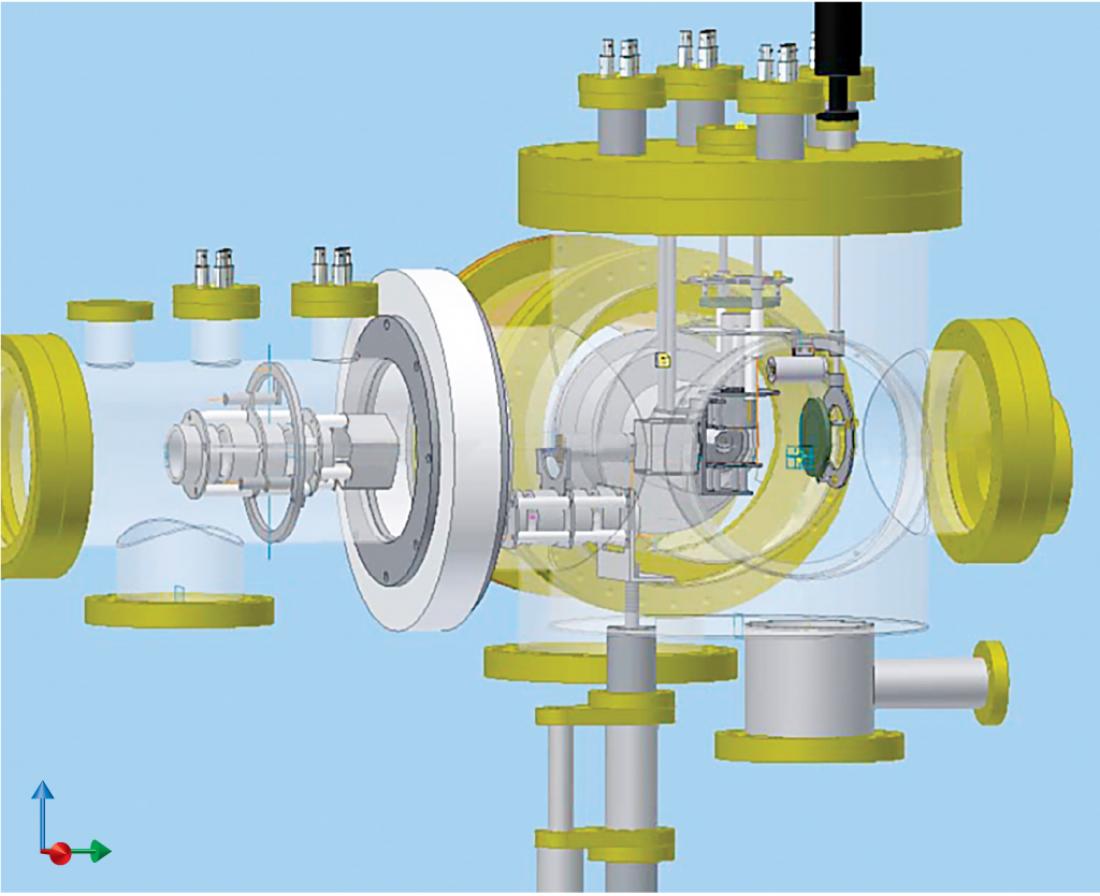Figure 1: A schematic diagram of the antiproton decelerator at CERN that is used to smash antiprotons and molecular hydrogen molecules to together so that the remaining particles can be analyzed to provide insight to their interactions.
Antimatter, a substance that often features in science fiction, is routinely created at the CERN particle physics laboratory in Geneva, Switzerland, to provide us with a better understanding of atoms and molecules. Now, RIKEN scientists, as part of a collaborative team with researchers from Denmark, Japan, the United Kingdom and Hungary, have shown that antiprotons—particles with the same mass as a proton but negatively charged—collide with molecules in a very different way from their interaction with atoms1. The result sets an important benchmark for testing future atomic-collision theories.
RIKEN scientist Yasunori Yamazaki explains that to assess such collisions: “We shot the simplest negatively charged particles, slow antiprotons, at the simplest molecular target, molecular hydrogen.” Slow antiprotons are a unique probe of atoms and molecules because their negative charge does not attract electrons—thereby simplifying theoretical modelling. Further, slower projectile speeds mean longer-lasting, stronger interactions and avoid the need for complicated relativistic calculations.
The scientists at CERN created antiprotons by firing a beam of high-speed protons into a block of the metal iridium. Then, in a facility known as the Antiproton Decelerator, they used magnets to focus the antiprotons before applying strong electric fields to slow them down to approximately 10% of the speed of light. Yamazaki and his colleagues trapped and cooled these antiprotons to 0.01% of the velocity of light before accelerating them one by one to the desired velocity (Fig. 1). They then slammed antiprotons into a gas of molecular deuterium—a pair of bound hydrogen atoms each with a nucleus comprising one proton and one neutron—and used sensitive equipment to detect the remnants of the collision.
Yamazaki and the team found that the likelihood of the ionization of the deuterium molecules scales linearly with the antiproton velocity. This is contrary to what is expected for the atomic target, hydrogen. “This was a big surprise, and it infers that our understanding of atomic collision dynamics, even at a qualitative level, is still in its infancy,” says Yamazaki. The team suggests that molecular targets provide a mechanism for suppressing the ionization process. As an antiproton approaches one of the protons in the molecule, the presence of the second proton shifts the orbiting electron cloud. The slower the antiproton, the more time the electron has to adjust, and hence the smaller the chance of ionization.
The team now hopes to investigate how ionization depends on the antiproton–target distance and the orientation at the moment of collision.
The corresponding author for this highlight is based at the Atomic Physics Laboratory, RIKEN Advanced Science Institute.



